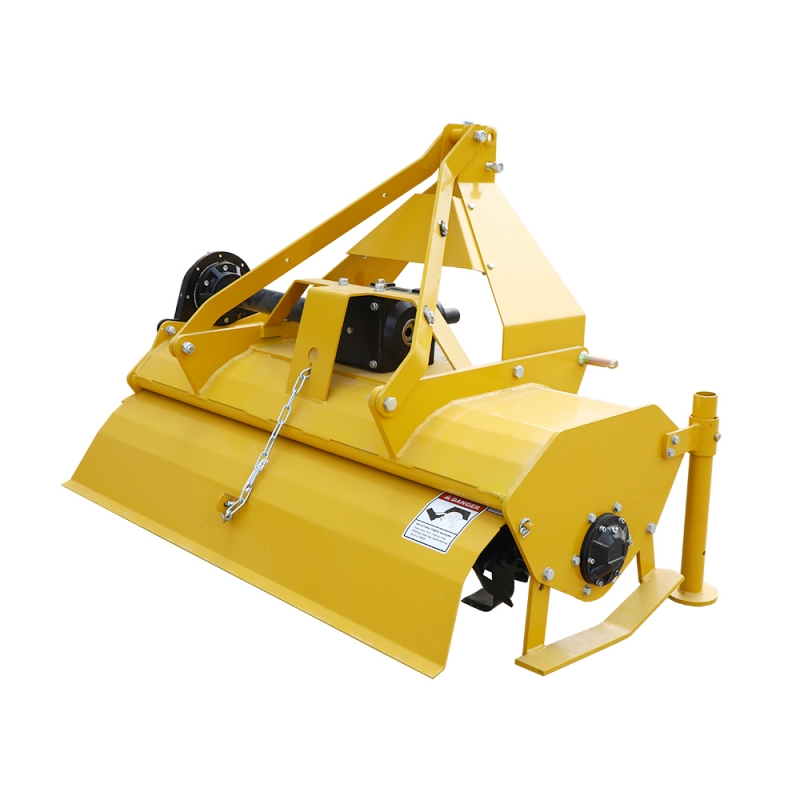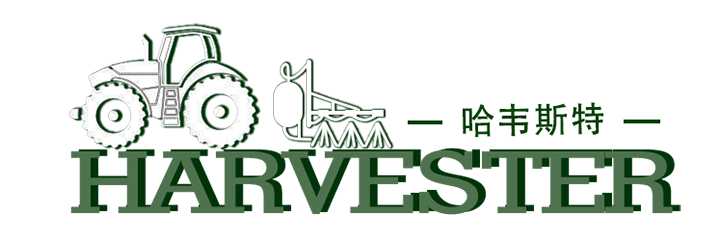What are the most common mistakes to avoid when using a cultivator?
2024-10-01

What are the essential parts of a cultivator?
A cultivator has four distinct parts: the engine, frame, transmission, and tines. The engine provides power, while the frame supports all the other components. The transmission consist of a gearbox, clutch, and differential, many cultivators make use of belts or chains to transfer power to the tines. The tines, on the other hand, are responsible for breaking up the soil, eradicating weeds, and mixing in fertilizers or compost.
What are the benefits of using a cultivator?
The benefits of using a cultivator are vast. Firstly, cultivating the soil ensures that the crops have a conducive environment to grow with less competition from weeds. Secondly, it helps to aerate the soil, making it easier for plant roots to penetrate the soil and absorb nutrients, water, and oxygen. Lastly, cultivating the soil helps to mix in fertilizers and compost, thus providing essential nutrients to the plant.
What are the most common mistakes to avoid when using a cultivator?
1. Overworking the soil- Over-cultivating can damage the soil structure, which will ultimately affect crop performance.
2. Tilling soil that is too wet or too dry- Cultivating soil that's too wet can cause soil compaction, while working on dry soil can cause the soil to turn to dust and form clumps.
3. Not preparing the cultivator before use- Check the oil, fuel, air filter, and any other critical components before operating the cultivator.
4. Not adjusting the depth of the tines- Failing to adjust tine depth can lead to soil compaction or shallow planting, which could affect crop yields.
In conclusion, the cultivator is a fundamental tool for any farmer, and it's essential to use it correctly to harness its benefits fully. By avoiding common mistakes, such as overworking the soil and not preparing the cultivator before use, farmers can enjoy excellent results and healthy crops.
Baoding Harvester Import And Export Trading Co., Ltd is a renowned company that specializes in the manufacturing and supplying of high-quality agricultural equipment, such as cultivators. We pride ourselves on providing tailor-made solutions to meet our clients' needs, and our vast experience in the field has given us a competitive edge. Contact us today at Catherine@harvestermachinery.com to learn more about our products and services.
References
1. Kaur, Amanpreet & Sidhu, Gurmeet. (2019). Impact of tillage on soil health: A review. International Journal of Chemical Studies. 7. 1282-1286.
2. Rahman, M. A., et al. (2019). Impact of different tillage practices on soil health indicators in wheat-field: a review. Journal of Agriculture and Ecology Research International. 20(4), 1-11.
3. Singh, Yadvinder & Sidhu, B.s. (2017). Effects of Cultivation on Soil Organic Matter, Microbial Biomass and Enzyme Activities in a Calcareous Soil. Communications in Soil Science and Plant Analysis. 40. 2907-2922.




